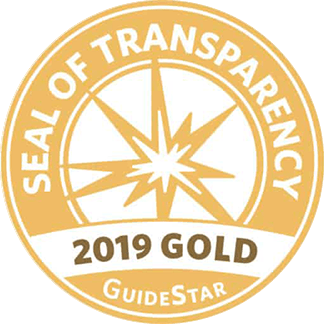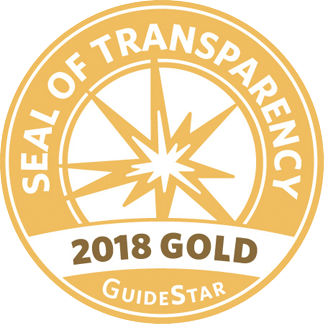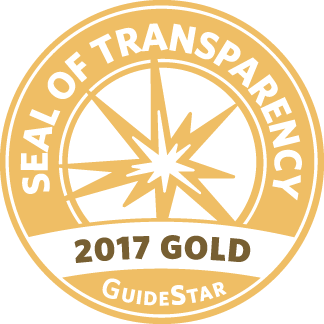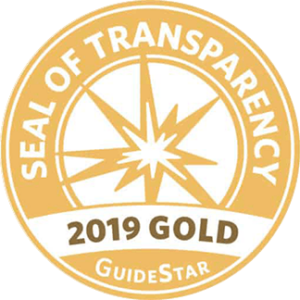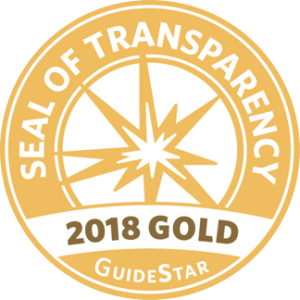1.) What does the Minnesota paid sick time law do?
Beginning January 1, 2024, it gives workers up to 48 hours of paid sick time a year, which can be used:
- To recover from physical/mental illness or injury;
- To seek medical diagnosis, treatment, or preventative care;
- To care for a family member who is ill or needs medical diagnosis, treatment, or preventative care;
- If you or your family member requires time to address certain needs arising from domestic abuse, sexual assault, or stalking;
- If your place of work or child’s school or place of care is closed due to weather or other public emergency;
- If you’re unable to work or telework because you are: (i) prohibited from working by your employer due to health concerns related to the potential transmission of a communicable illness related to a public emergency; or (ii) seeking or waiting for results of a test for, or diagnosis of, a communicable disease related to a public emergency and you’ve been exposed to a communicable disease or your employer has requested a test or diagnosis; or
- When health authorities or a health care professional determine that the presence of you or your family member in the community would jeopardize the health of others because of exposure to a communicable disease, whether or not it has actually been contracted.
2.) Am I covered?
If you work as an employee in Minnesota for at least 80 hours in a year, you are probably covered, whether you are a full-time, part-time, or temporary worker. However, the law does not cover: federal employees; independent contractors; or flight deck/cabin crews who are subject to the Railway Labor Act, work less than a majority of their hours in Minnesota in a calendar year, and are provided with an amount of paid leave equal to or exceeding this law.
3.) How much paid sick time can I earn?
You earn 1 hour of paid sick time for every 30 hours worked, up to a maximum of 48 hours per year. An employee cannot have more than 80 hours of accrued sick and safe time at any given time.
4.) What if my work or my child’s school or daycare is closed for a health emergency?
You are entitled to use your earned sick and safe time if your workplace or your family member’s school or place of care has been closed due to weather or other public emergency.
5.) Which of my family members are covered by the law?
Under the law, you can take sick time to care for: yourself; children; spouses or registered domestic partners; siblings; parents; grandchildren, grandparents; children of your sibling (e.g., niece/nephew); sibling of your parent (e.g., aunt/uncle). Sick time can also be used to care for: any of the family members listed above of your spouse or registered domestic partner; any other individual related by blood or whose close association with you is the equivalent of a family relationship; and up to one additional individual annually designated by you.
6.) What if I already have paid leave or paid time off?
If you already get paid leave (vacation, paid time off, etc.) that you can use as sick time and it’s at least the same amount you would earn under this law, the law does not give you any additional paid time off.
7.) When can I begin using my sick time?
Beginning January 1, 2024, you start earning sick time immediately and can use it as it is earned.
8.) Do I need a doctor’s note?
An employer can require you to provide reasonable documentation, including a doctor’s note, but only after more than 3 consecutive days of absence (and the documentation does not have to specify your illness).
The Minnesota Department of Labor and Industry is in charge of enforcing this law.
All covered workers are protected against being fired or punished for using or requesting sick or safe time. If you have a problem or want more information about your sick time rights, call A Better Balance’s free legal clinic at 1-833-NEED-ABB.
Please note that this fact sheet does not represent an exhaustive overview of the paid sick time law described, and it does not constitute legal advice. It is possible that additional provisions not described in this fact sheet may apply to a worker’s specific circumstances or category of employment.
For the full list of state and local paid sick time laws, visit here.


